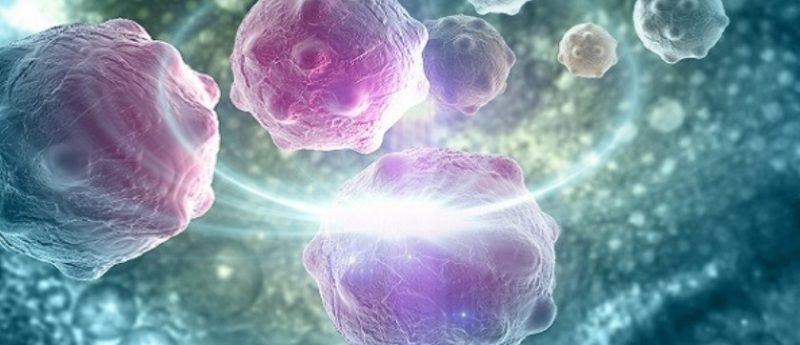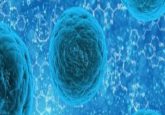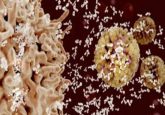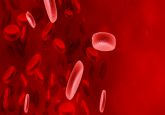Maintenance therapy for multiple myeloma after an autologous transplant: what have we learned?

Current treatment for newly diagnosed multiple myeloma (MM) can be divided into different phases: induction, high-dose chemotherapy and autologous hematopoietic stem cell transplantation (auto-HSCT), consolidation and maintenance. The use of auto-HSCT, immunomodulatory agents (IMiDs) and proteasome inhibitors (PIs) in the treatment of MM have greatly improved the progression-free survival (PFS) and overall survival (OS) of these patients in the last 10–15 years [1]. Even with recent progress in therapy, almost all MM patients eventually relapse. To overcome this problem, approaches such as post-auto-HSCT consolidation and maintenance are being explored to prolong the duration of remission and delay disease progression [2–4].
Maintenance therapy for MM is primarily used to prolong the remission duration and, hence, survival after induction therapy and/or auto-HSCT [5–7]. An ideal maintenance drug should be easy to administer, safe and well tolerated over prolonged periods, and improve OS. In this editorial, we will review the evolution and current status of maintenance therapy after auto-HSCT, and offer recommendations based on the available data.
Click here to full view article.




